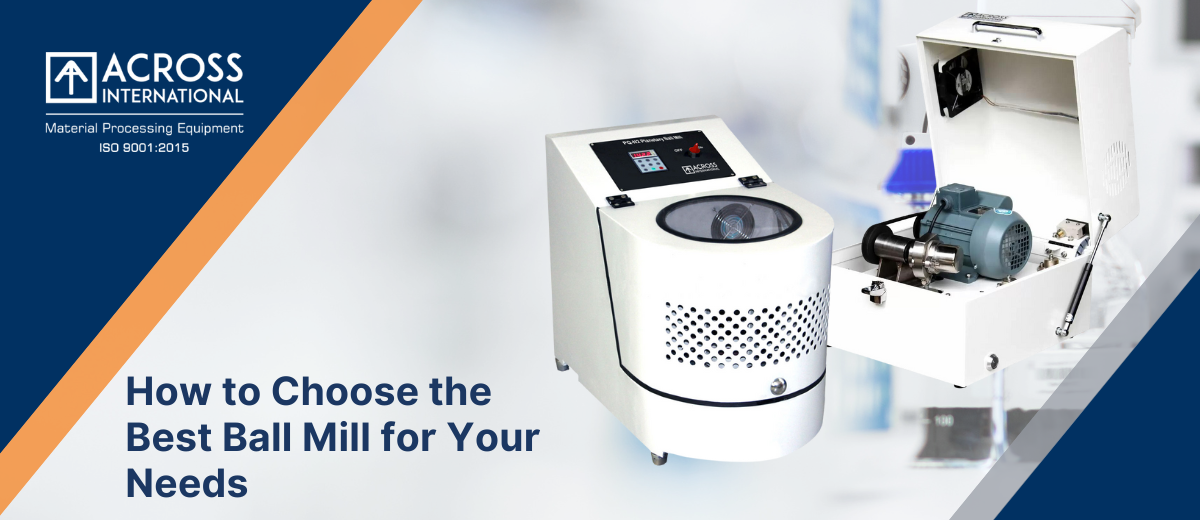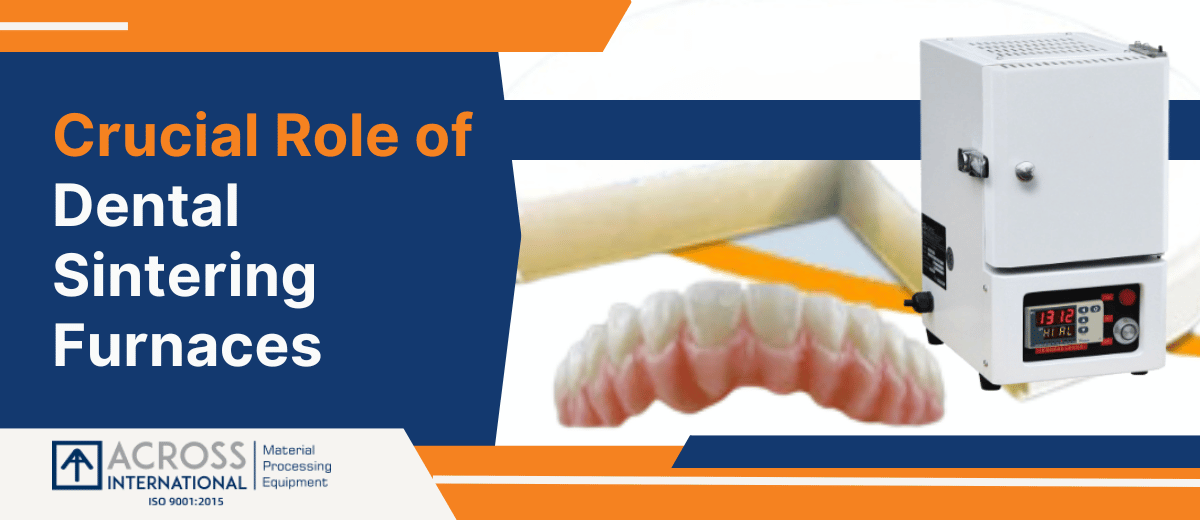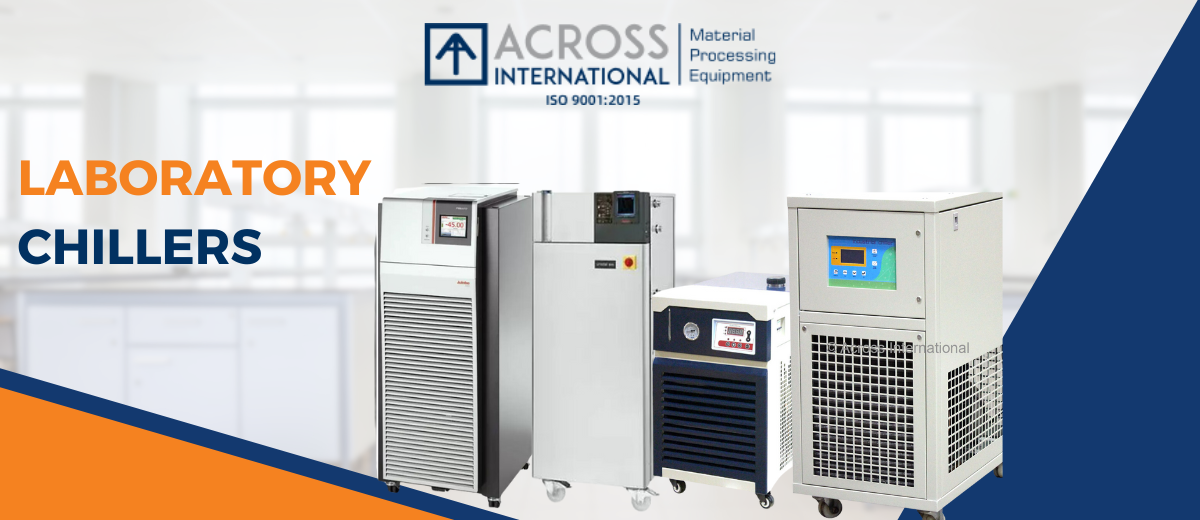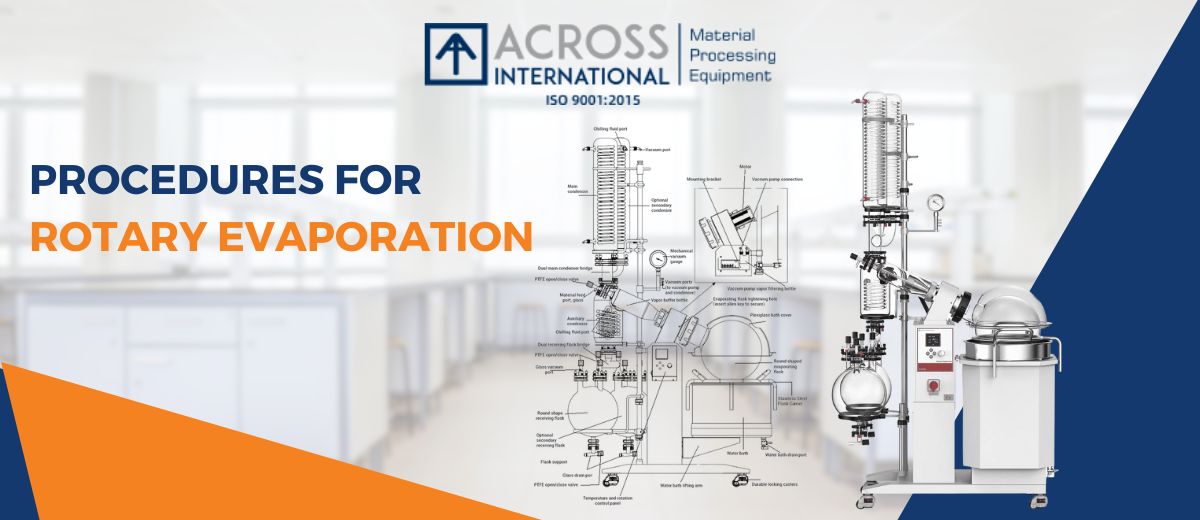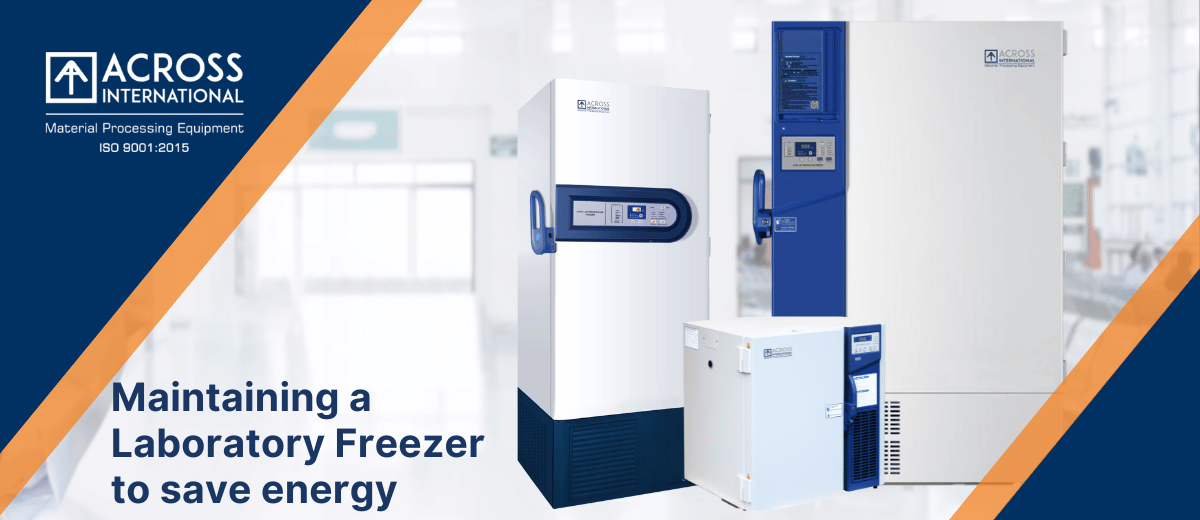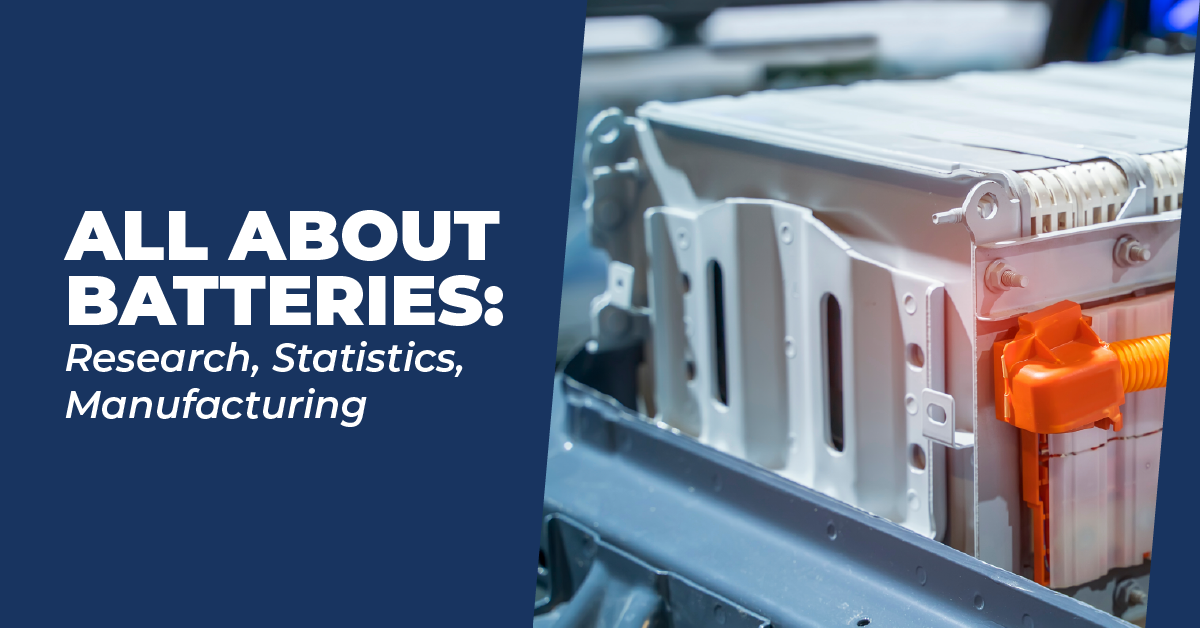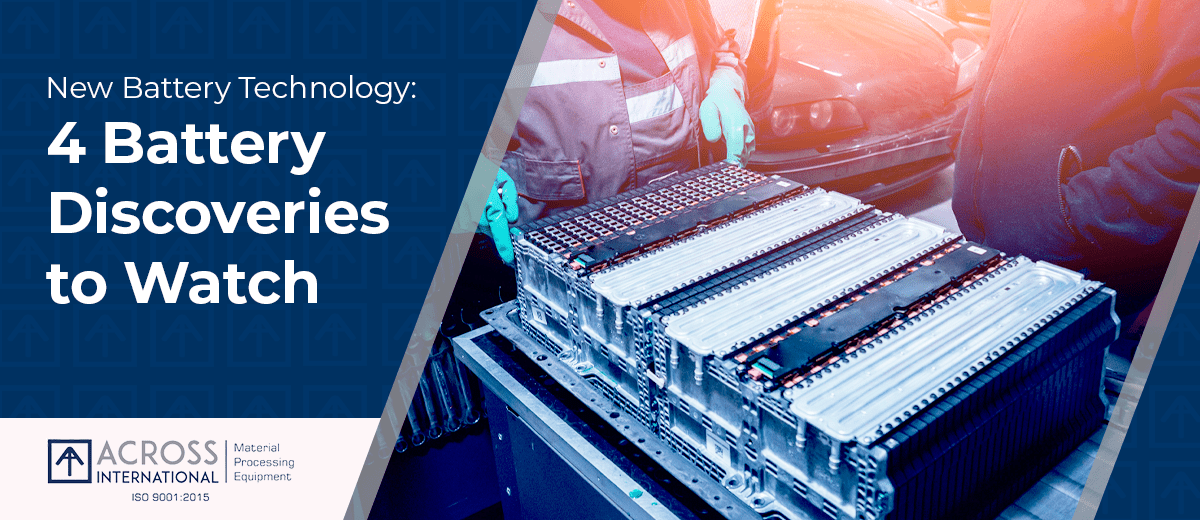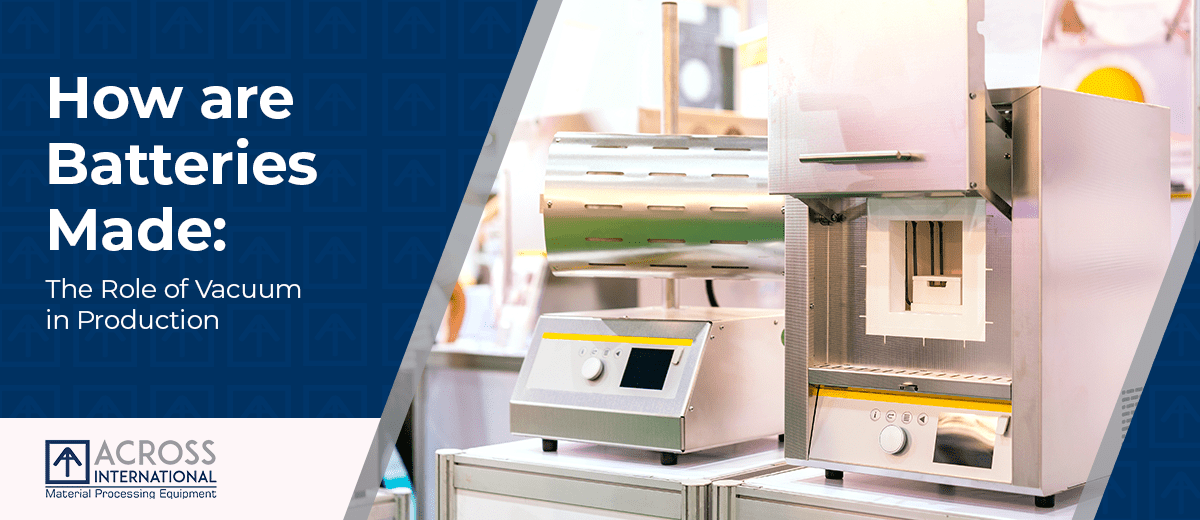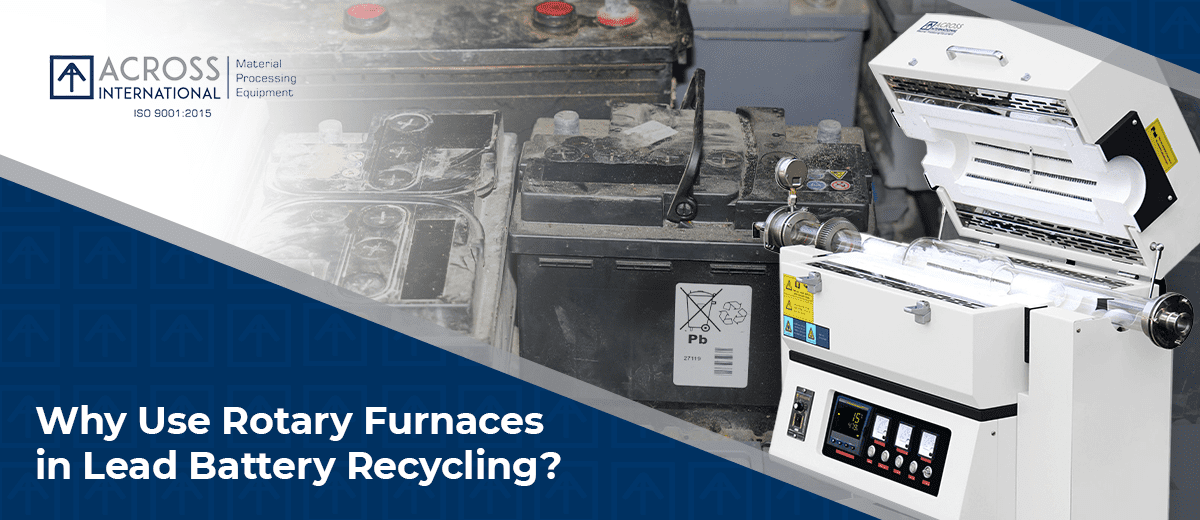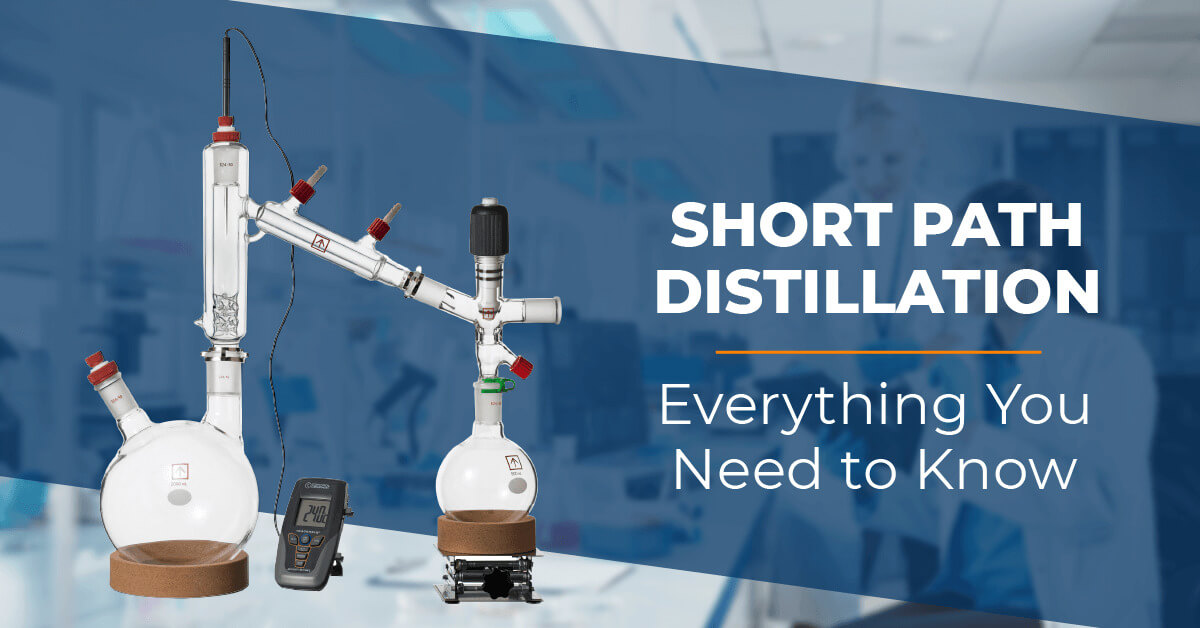We use cookies to make your experience better. To comply with the new e-Privacy directive, we need to ask for your consent to set the cookies. Learn more.
Choosing the right Laboratory furnace for ceramic sintering
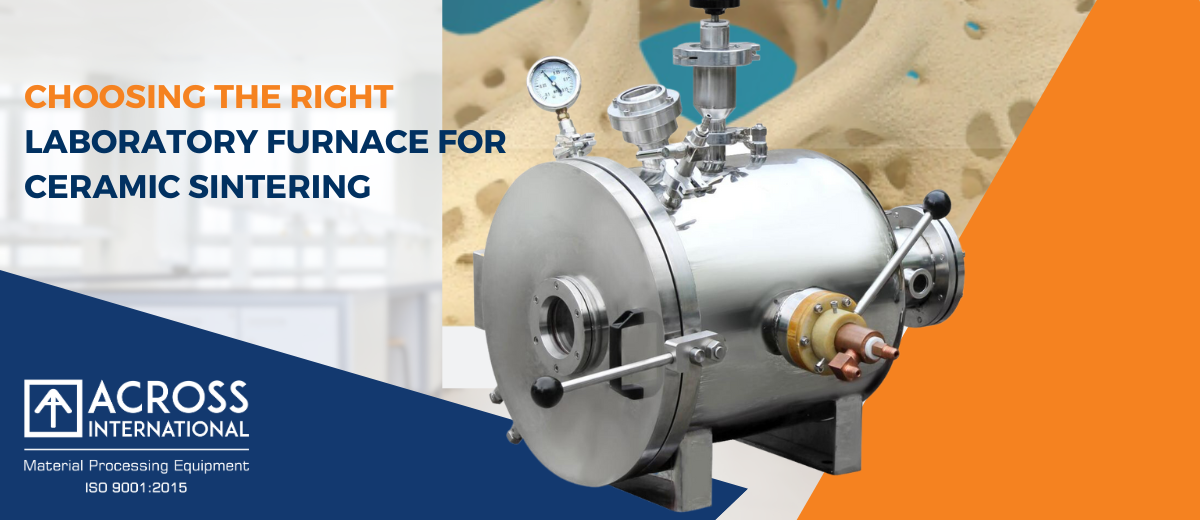
Choosing the right Laboratory furnace for ceramic sintering is crucial for achieving the desired product quality and optimizing your workflow. Here's a step-by-step guide to help you navigate the process:
Define your needs:
What type of ceramic material are you sintering? Each material has specific sintering parameters like temperature range and atmosphere requirements.
What size and complexity are your ceramic parts? Ensure the furnace chamber can accommodate your parts comfortably. Intricate shapes might require special configurations.
What is your production volume? Do you need a furnace for small batches or continuous production?
Consider Lab furnace type and features:
Temperature range: Choose a Lab furnace capable of reaching the required sintering temperature for your material. Most operate between 1200°C and 3000°C.
Atmosphere control: Some materials need inert atmospheres like argon or nitrogen to prevent oxidation. Vacuum furnaces offer this capability.
Heating elements: Consider electric furnaces with molybdenum disilicide or silicon carbide elements for precise control, or gas-fired furnaces for cost-effectiveness in large-scale production.
Heating and cooling rates: Rapid heating can be achieved with microwave furnaces, while controlled cooling might be necessary for specific material properties.
Evaluate production volume and budget:
Batch vs. continuous furnaces: Batch furnaces are suitable for smaller production runs, while continuous furnaces are ideal for high volume. Consider your production needs and budget.
Cost: Electric furnaces are generally more expensive than gas-fired, but offer better control and precision.
Additional considerations:
Safety features: Look for furnaces with built-in safety mechanisms for temperature control and overheating prevention.
Ease of use and maintenance: Consider user-friendly interfaces and readily available spare parts for smooth operation.
Brand reputation and warranty: Choose reputable manufacturers offering reliable furnaces and good warranty coverage.
Seek expert advice:
* Consult with Across International experienced furnace Tech Specialist ,They can provide valuable insights and recommendations tailored to your project.
* Research specific furnace models based on your criteria. Online resources and technical specifications can be helpful.
There's no "one-size-fits-all" solution. Take your time, carefully evaluate your needs, and don't hesitate to ask for assistance from qualified professionals. By making an informed decision, you can ensure successful ceramic sintering and high-quality product outcomes.
Ceramic sintering furnaces are specialized ovens used to heat and solidify ceramic powders into dense, final products. The sintering process involves exposing the powdered material to high temperatures, typically between 1200°C and 3000°C, causing the particles to bond together and shrink the overall volume. This creates a strong, durable ceramic object with desired properties like:
* High mechanical strength: Ideal for structural components and tools.
* Heat resistance: Suitable for high-temperature applications.
* Chemical stability: Resists corrosion and degradation.
* Electrical insulation: Useful for electronic components.
There are various types of ceramic sintering furnaces, each catering to specific needs:
* Electric furnaces: Most common, using heating elements like molybdenum disilicide or silicon carbide. Offer precise temperature control and good uniformity.
* Gas-fired furnaces: Utilize natural gas or propane combustion for heating, often more economical for large-scale production.
* Microwave furnaces: Employ microwaves to directly heat the ceramic material, achieving rapid heating and sintering.
* Vacuum furnaces: Operate under vacuum conditions, preventing oxidation and allowing for sintering in controlled atmospheres.
Choosing the right Lab furnace depends on several factors, including:
Type of ceramic material: Different materials require specific temperature ranges and atmospheres.
Production volume: Batch furnaces handle smaller quantities, while continuous furnaces are suitable for mass production.
Budget: Electric furnaces are generally more expensive than gas-fired, but offer better control.
Desired properties: Some Sinering furnaces offer features like rapid heating or controlled cooling for optimizing specific properties.
If you're interested in learning more about ceramic sintering furnaces, Across International Tech Team guide you to select right furnace for your Lab.
AMS / NADCAP specifications :
|
Codes, process and material specifications: |
|
|
AMS 2750G |
Covers pyrometric requirements for thermal processing equipment |
|
|
used for heat treatment. It covers temperature sensors, |
|
|
instrumentation, thermal processing equipment, system accuracy |
|
|
tests and temperature uniformity surveys. |
|
BAC 5621 |
Establishes equipment classifications and instrumentation types for |
|
|
processes requiring controlled temperatures. (similar to AMS |
|
|
2750G) Boeing process specification title: “temperature control for |
|
|
processing materials” |
|
RPS953 |
Rolls Royce specifications for “laboratory control procedure for |
|
|
heating furnaces and Associated equipment and the thermal |
|
|
processing of materials”. Equipment shall meet AMS 2750G Class 2 |
|
|
for temperatures <1380degF |
|
|
This aerospace standard (AS) establishes the requirements for heat |
|
NADCAP AS7102 |
treating accreditation by the National Aerospace and Defense |
|
|
Contractors Accreditation Program (NADCAP) |
|
Specifications for materials: |
|
|
AMS 4439G |
This specification covers magnesium alloy in the form of castings |
|
AMS 2759E |
Establishes general requirements for heat treating of steel parts |
|
MS 2759/11 |
Establishes general requirements for thermal stress relief treatments of steel parts.
· Carbon and low alloy steels · Tool steels · Precipitation hardening, corrosion-resistant and maraging steel · Austenitic corrosion-resistant steels · Martensitic corrosion-resistant steels |
|
AMS 2770J |
Heat treatment of wrought aluminum alloys parts |
|
AMS 2771E |
Heat treatment of aluminum alloy castings |
|
AMS 2772F |
Heat treatment of aluminum alloys raw materials |


